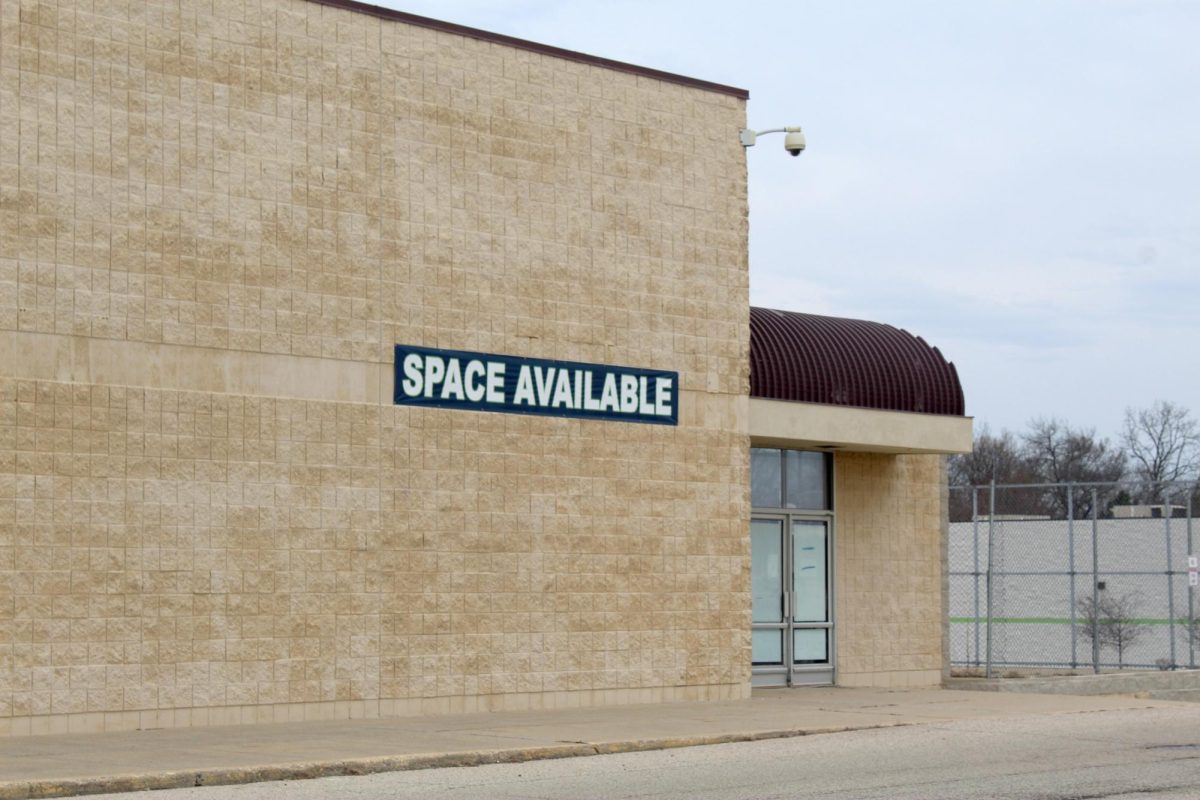Tax Increment Funding will now encourage investment in the downtown area for another 12 more years.
According to Think McHenry Illinois, McHenrys current population is approximately 28,117 including 11,228 total households with the median household income of $83,651. TIF is a public financing method used to encourage redevelopment and infrastructure improvements in designated areas by diverting future property tax revenue increases from a defined area towards a specific project or public improvement.
In McHenry the TIF District is the area surrounding Green Street, Elm Street, Riverside Drive, and parts of the downtown area. This TIF was approved in 2002, and would have expired this year, except the Illinois State Legislature approved a 12-year extension until 2037.
Over the last 23 years, the TIF has allowed for many improvements to McHenry, especially in the downtown area.
“The City of McHenry’s downtown TIF District has allowed the City to construct a large portion of a beautiful Riverwalk, Miller Point Park, rebuild its streets, water, sewer, downtown lighting and bridges, and much more throughout the almost 23-year time span of the TIF District,” says Doug Martin, Director of Economic Development for the city of McHenry.
According to Martin, TIF’s bring many benefits.
“Additional benefits of the TIF are that vacant buildings have been filled,” says Martin, “Properties have also been rehabilitated, and new businesses have moved into the area.”
With the 12 year extension, Martin describes the goals the city of McHenry has to continue the improvements in the soul of our community.
“Over the next 12 years, other improvements will be completed within the TIF District,” says Martin. “The heart and soul of any community is its downtown area, and how the downtown really drives the rest of the community.”
“The City of McHenry has seen tremendous growth and revitalization in its downtown area over the past couple of decades,” continues Martin. “It has had a positive impact on the entire city, …most of this development would not have been possible without the support of TIF.”
TIF systems have brought some public concerns, so Martin makes sure to clear those concerns up.
“A TIF District is not an additional tax,” says Martin. “It is a reallocation of funds from individual properties in order to complete public improvements in the overall district.”
“Having a TIF District in a largely non-residential area can have a positive impact on the nonresidential tax base within the entire community and start to shift a portion of the tax burden from residential to nonresidential land uses,” says Martin. ”This, in turn, reduces residential property taxes, generates employment opportunities, and creates new commercial space for businesses.”
The goal of TIF is to revitalize the surrounding areas that truly need investment.
“The primary goal of TIF is to rebuild areas of the community that truly need investment,” says Martin. “These investments would not otherwise happen because of economic conditions, such as building costs and/or interest rates, which cannot build without the existence of the TIF District.”




